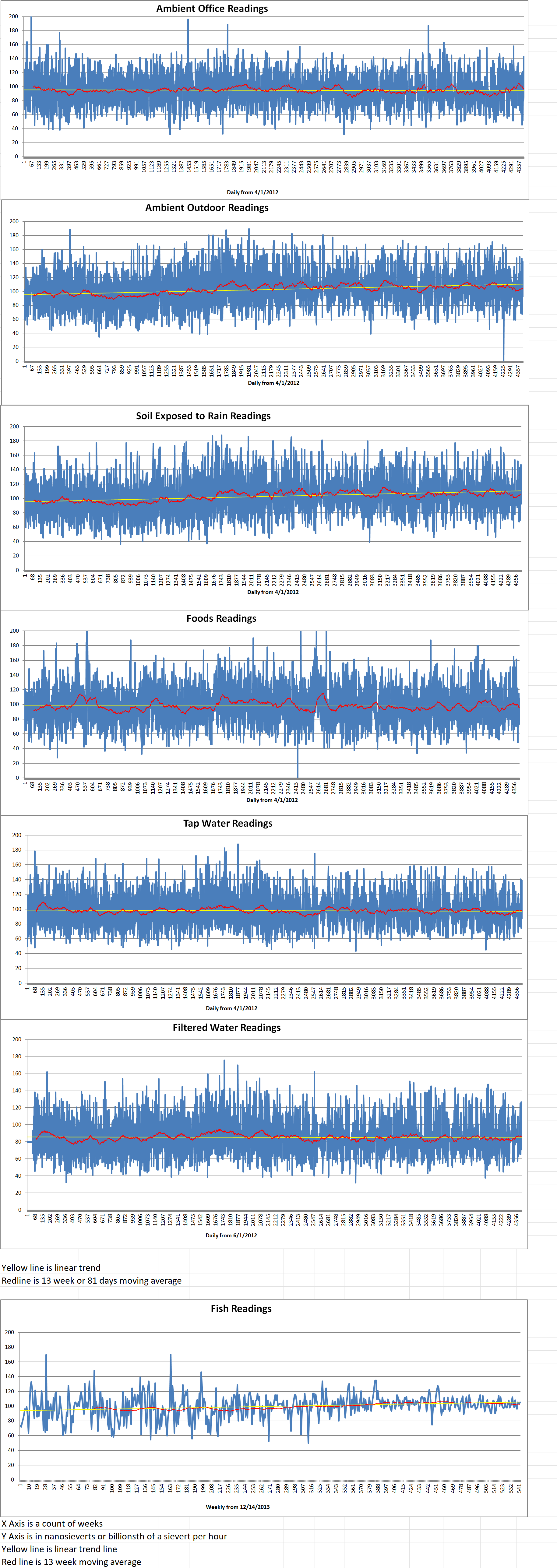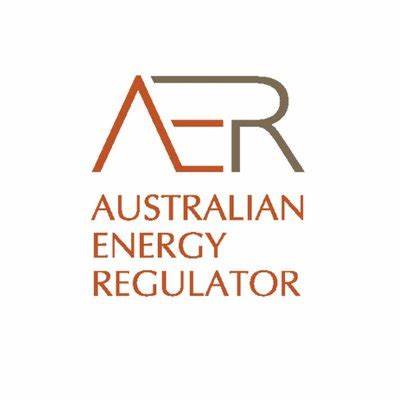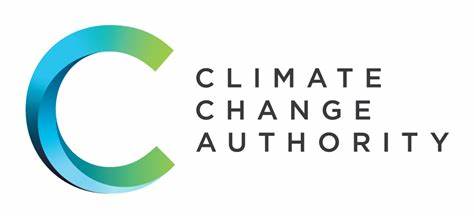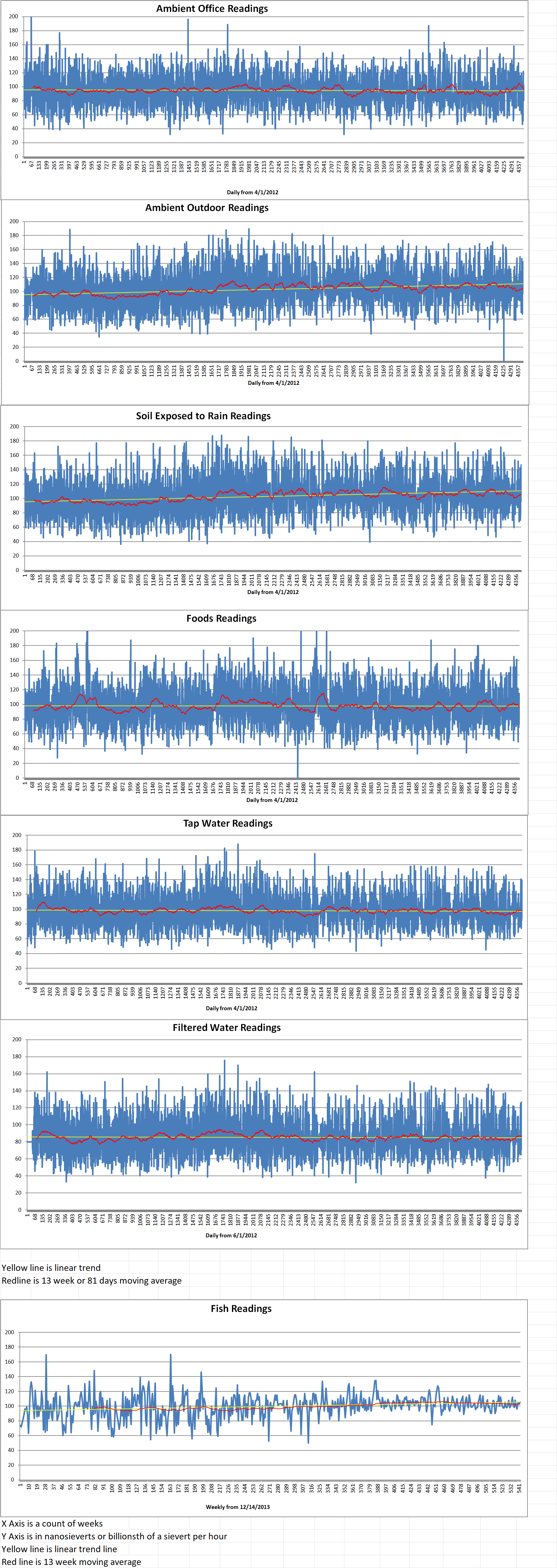Chris Bowen is a member of the Australian Labor Party and the Australian Minister for Climate Change and Energy. He recently said that support for nuclear power is likely to evaporate once Australians face a clear choice at the next election and realize that the Liberal–National Coalition Party’s nuclear power policy would mean relying more on old coal plants and increased risk of blackouts.
Bowen went on to say that while some polling had suggested some voters were open to nuclear plants being allowed in Australia, surveys had also consistently found they preferred renewable energy.
Bowen added that “Every bit of research I’ve seen, public and private, says that when shown details and given a choice between nuclear and other forms of energy, nuclear fares very, very badly. If you look at the popularity of different forms of energy, it’s solar, wind, gas, daylight, coal, nuclear, in that order, every single time.”
The Coalition has named seven sites where it says it would eventually replace coal-fired power plants with nuclear power plants but not how much this would cost. Multiple energy analysts argue nuclear power would be more expensive than any other option and that a nuclear industry would not be possible in Australia until after 2040. Most of the country’s coal plants are scheduled to close in the 2030s.
The Coalition has suggested that it would limit the rollout of large-scale renewable power and bridge the gap by keeping ageing coal plants running longer and using more gas-fired power.
The Coalition has not yet said what type of gas plants this means. With nuclear power banned, natural gas is the most expensive form of electricity in the national electricity market and it use is largely restricted to “peaking” power turned on only when required. Natural gas provided less than three percent of the electricity in the national grid over the past month.
Claire Savage is the chair of the Australian Energy Regulator. She told a parliamentary inquiry she did not believe that nuclear plants could be built in enough time to cover the closure of coal-fired power plants. More than a one fourth of the coal power capacity in the national grid was offline on the day she gave evidence due to planned and unplanned outages.
Polling on nuclear power in Australia has produced varied results. A Lowy Institute poll in June found sixty one percent strongly or somewhat supported nuclear power use alongside other sources of energy.
A Guardian Essential poll was split between people who considered it “an attempt to extend the life of gas and limit investment in large-scale renewables” and those who said it was “serious, and should be considered as a part of the nation’s energy future”.
Bowen said some Australians were open to nuclear power, but he was not concerned because there was a difference between people being open to it and agreeing to it.
Bowen added that “When you say to people, whether it’s in a formal market research setting or a punter in the street setting, ‘I don’t object to nuclear, morally … but I object to it because it’s so expensive, but probably even more importantly, because it takes so long, and we don’t have time if we’re going to wait the 20 to 30 years it would take, and that means more coal in the system and coal in the system longer, and even the Liberals aren’t proposing to build new coal-fired power stations so they’re just going to rely on these old ones longer, and that’s blackouts’ – then the support or openness evaporates.”
Ted O’Brien is the Coalition’s climate change and energy spokesperson. He has promised to provide more details of the opposition’s proposal before the end of the year. O’Brien has rejected claims there would be a risk of an electricity shortage under the Coalition’s plan and said that government and clean energy industry analysis of how much it would cost were inaccurate as they were not based on its full policy.
Australian Energy Regulator






